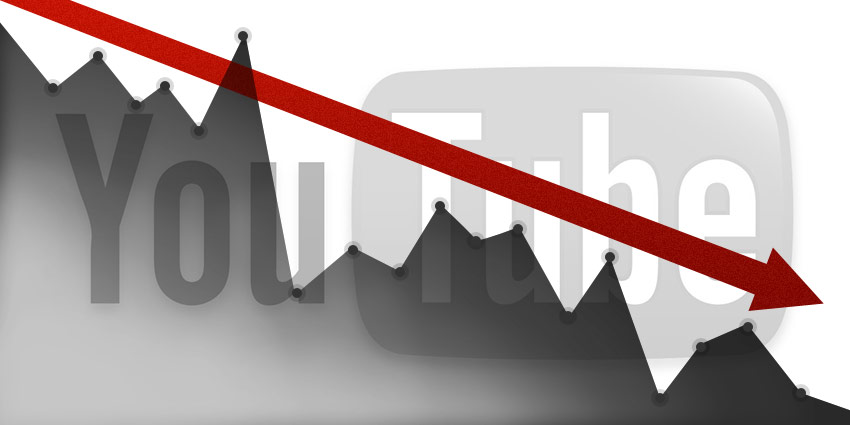6 Reasons Your Video Content Underperforms and How to Improve It
It’s no doubt that video content continues to soar in popularity for brands and marketers. It truly is one of the greatest media for communicating your company’s products and offerings. However, all too often branded videos underperform and end up doing little of what they were intended to—provide value to current or potential customers. What follows are a few of the common issues found with branded videos online, especially ones that live on YouTube. Your video content may underperform if it’s guilty of one or more of the following:
1. It Doesn’t Get to the Point Quickly Enough
You have a very small window to capture (and maintain) your audience’s attention. But it’s extremely common of branded videos to have an intro that is too long. “Brevity is the soul of wit” and it should be the soul of your video content as well. And although marketers and brands love to get their logo on everything, it’s more beneficial to lean up your video and deliver the content the viewer wants quickly and effectively.
2. It’s Too Branded or Promotional
Brand standards and product pushes are nice (and necessary), but your content is your product online, not your goods/services. Over-branding and excessive product placement is a common reason online video content falls flat. If you claim to help people in the title of your video by answering a question (providing an insight into your company’s policy, hours, process, or new products), solving a problem (troubleshooting a known problem with your product), or providing a tutorial (helping someone assemble, install or use your product) then you need to do those things. Don’t try to force your brand or products down their throats. They came to you for your knowledge and expertise, and you should give that to them first.
3. You’re More Worried About the Technical Quality Than the Content
Yes, people need to be able to see and hear your content clearly. But when it comes to online videos, format quality is less important than content quality. Online visitors don’t expect a multi-million dollar production from your branded content. Home Depot’s YouTube page, for example, answers customers’ How-To questions simply and effectively, usually in a couple takes and with minimal production. The point is, focus on satisfying the viewer’s information need quickly and effectively, and they’ll see you as an authority to return to again.
4. The Video Doesn’t Use Annotations
Any time you can use tools to extend the reach and gain more interactions with your content, take advantage of the opportunity. YouTube, for example, offers great annotation tools that frictionlessly turn a viewer into a click-through, subscriber, “Liker,” follower and sharer. The time it takes to add annotations is minimal, and the payoffs can be substantial. Annotations help your viewers spread the word and create pathways to other relevant content.
5. It Doesn’t Answer a Specific Question
YouTube is the second most used search engine. Like any good content, video should solve a problem, answer a question and be created from a need or want—not thin air. Figure out what your viewers want out of your content and give it to them. Answer specific questions your demographic may have not only about your products but also about your type of products. Don’t be afraid that you’ll help consumers with products from your competitors—that’s a best-case scenario.
6. It Doesn’t Have a Call to Action
When you give your viewers advice and they watch your video, value is exchanged. Community and engagement are the currency of the social web, so be sure to give them a clear understanding of what it is you want in exchange (subscribe, watch another video, visit your website, follow you on Twitter). Remember there are a ton of pathways the viewer may have taken to get to your video, whether it was referred or stumbled upon. Make sure you do whatever you can to get them in your network. Don’t assume they know your website address, and don’t assume they know you want them to follow you on Twitter. Ask and you shall receive.
Of course there are many more variables in why a video does or doesn’t perform well, but one thing is for certain: online video is being used more and more everyday. With YouTube’s recent evolution it stands to become an even bigger player in today’s most widely used social network. So follow these tips and start getting more out of your videos.




